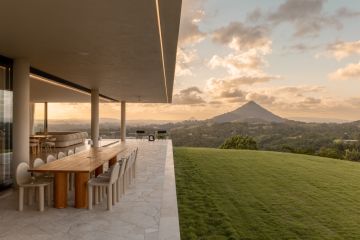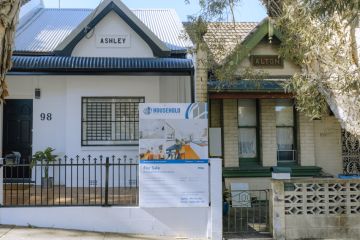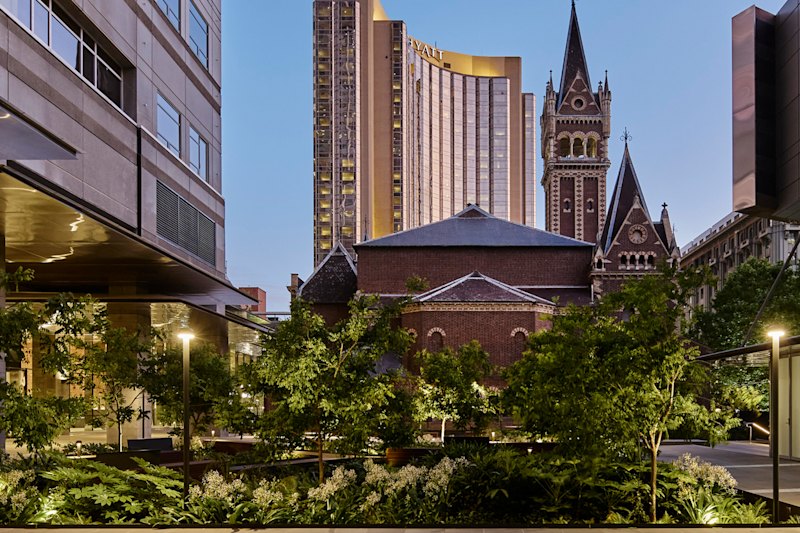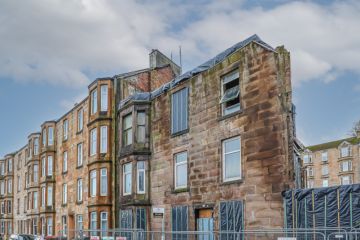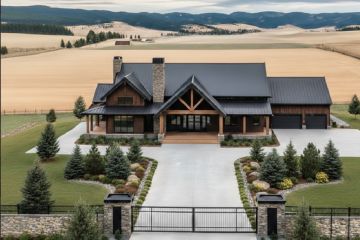Sunshine State sluggish: Brisbane property prices fall for second time this year
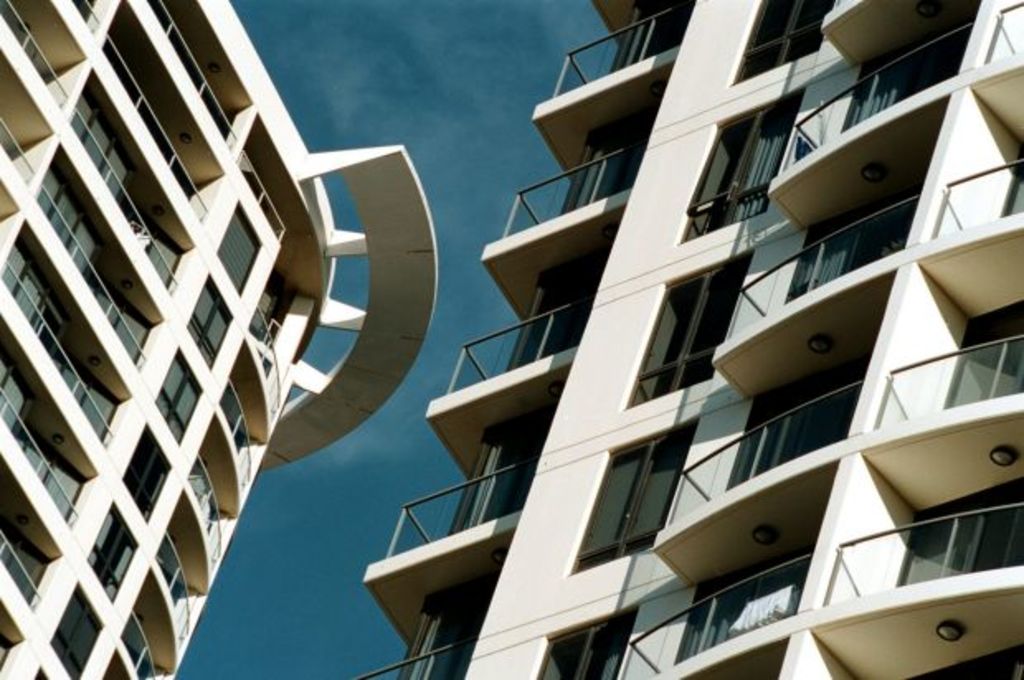
Apartment prices in Brisbane have plummeted at a rate not seen for almost 17 years, new quarterly data shows.
However, house prices have proved more robust with some inner-city markets showing signs of growth in recent months.
Brisbane’s overall lacklustre performance, as revealed in the latest Domain State of the Market Report, is in stark contrast to most other capital cities, where prices have continued to rise over the June quarter.
The median unit price in Brisbane dropped 5.5 per cent over the June quarter to $375,269. Annually, unit prices are down 4.9 per cent.
The drop comes at a time when high-rise development is visibly slowing, with new figures showing building approvals have fallen 63 per cent this year.
“As the median unit price in Brisbane continues to fall, we begin to see the impact of record levels of new apartments on the property market,” said Domain Group chief economist Andrew Wilson.
“The drop of 5.5 per cent this quarter is the steepest fall in unit prices since the December 2000 quarter and is predicted to continue as supply continues to outweigh demand.”
Dr Wilson said Brisbane’s property market would be softer than normal in 2017.
“The further we get away from interest rate cuts means we don’t have that same sort of driving force behind the market,” he said.
“Maybe we’re not going to get the same price growth that we’ve had other years.”
House prices were also down, albeit only slightly. In the Greater Brisbane area, which includes the local government areas of Moreton Bay, Ipswich, Redland City and Logan, house prices fell 0.1 per cent.
However, it is only the outer lying parts of Brisbane that are dragging the overall result down.
- Related: Brisbane house prices fall
- Related: High rise development collapses
- Related: Brisbane home building slides
House prices in Ipswich, Moreton Bay and Redland City have all recorded drops, while Logan’s house prices are flat.
Brisbane as a city has performed slightly better, recording a 1.2 per cent rise in house prices. The median is now $657,500.
Annual growth is still positive, at 3.1 per cent, but this is the slowest growth rate recorded in Brisbane since 2013.
Simon Pressley, of Propertyology, said Brisbane’s underwhelming property market performance over the past few years was a byproduct of the broader Queensland economy.
“Commentators have been predicting big results for the Brisbane property market for a few years now, but the poor jobs market hasn’t supported their rampant optimism,” Mr Pressley said.
“Economic activity is a precursor to property market performance. Unless the upcoming state election produces a range of major new infrastructure projects, I expect Brisbane’s property market to continue to mirror the underwhelming job numbers.
“We’ve looked deeper into the ABS data and found that Queensland’s mildly positive jobs growth is courtesy of a ballooning public service, which added nearly 30,000 jobs over the past two years.”
Mr Pressley said a similar number of jobs were lost in key industries such as health, education, professional services, real estate, transport and warehousing, mining as well as electricity and utilities.
“It’s clear that Queensland’s economy is weaker than how it appears on face value – and that has massive ramifications for the property market.”
We recommend
States
Capital Cities
Capital Cities - Rentals
Popular Areas
Allhomes
More
